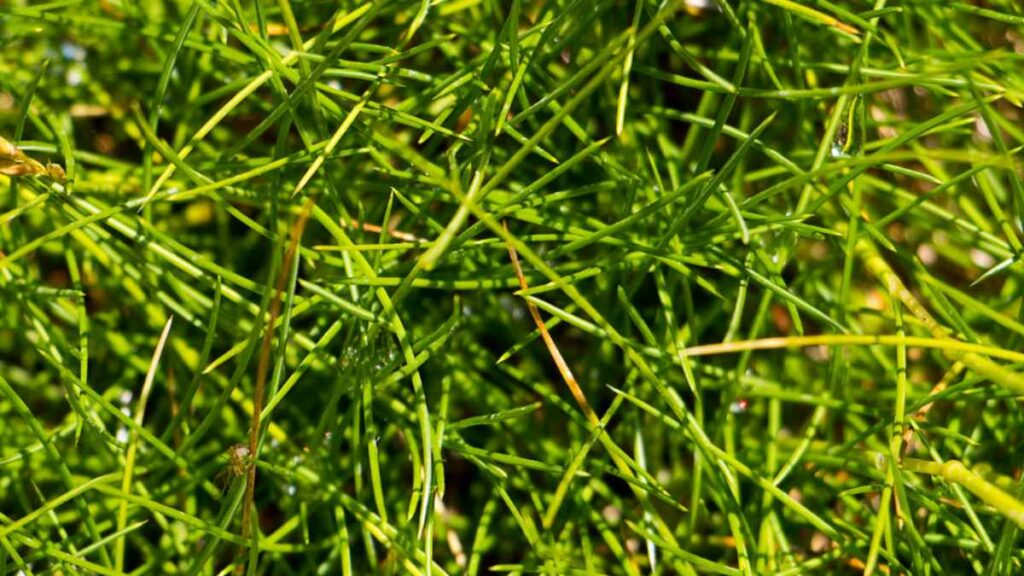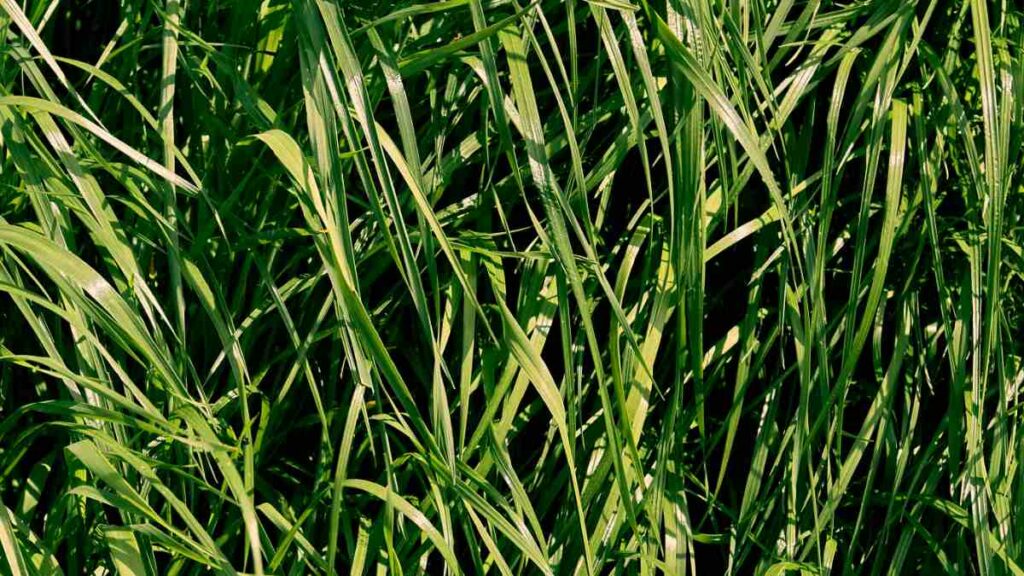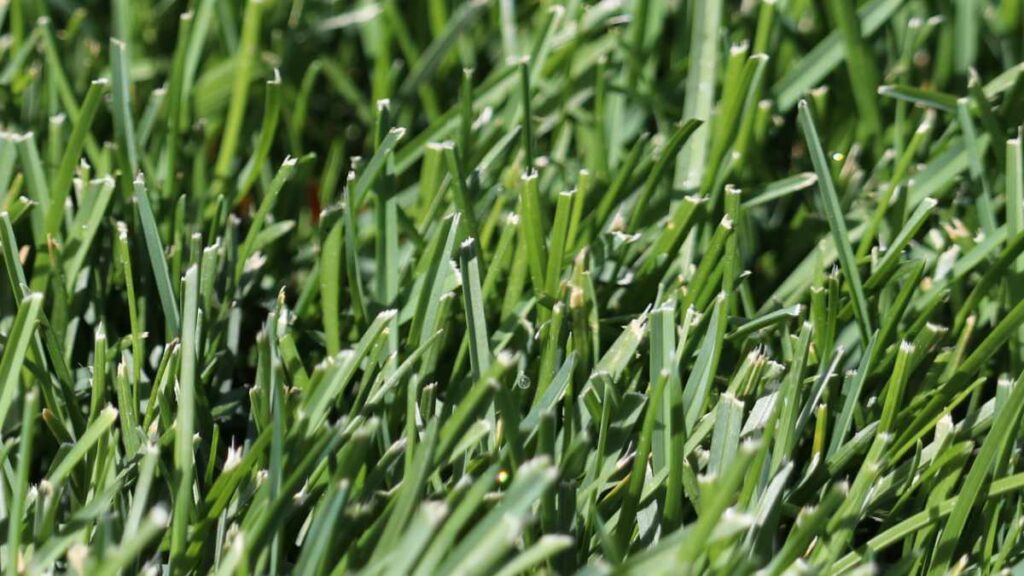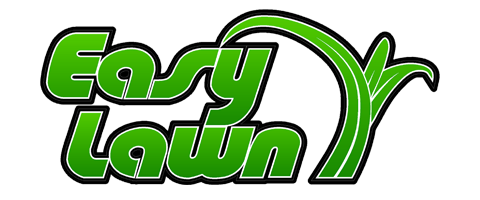What is the Best Grass Seed for the Midwest?

Share this article!
Summer is lawn season, and if this year has got you thinking about a happier, healthier lawn for seasons to come, you’ve come to the right place. Most of us want a lawn that looks inviting, without having to do much in the way of effort and maintenance — and the key to achieving both of these goals often lies in choosing the right grass seed for your area. Here in the midwest, the right seed type can set your yard up to weather (literally) our unique climate conditions and thrive in the specific soil characteristics found in the area.
There are several varieties of grass seed that work particularly well in the midwest, and some that have unique advantages for different lawn types, like those with more or less sun, more or less drought tolerance, or those that prefer sandy or loamy soil. Whether you’re looking to start from scratch with a brand new lawn, overseed to fill in some patchy areas, or somewhere in between, choosing the best grass seed for the midwest home lays the foundation for a picture-perfect lawn, summer after summer.
Best Midwest Grass Seeds
In addition to considering the climate and region, choosing the best midwest grass seeds also comes down to the qualities of your specific yard, and how you plan to use your yard. For example, if you host rousing games of badminton or tackle football, you’ll want seeds that can hold up under heavy foot traffic. If your dream yard is something more ornamental, you’ll be able to choose more delicate varieties that can produce a desired look.
If you don’t have a good idea of how much sun and shade your yard gets, now’s the time to start paying attention. Are there dry or wet areas in the yard regularly? The right irrigation plays a pivotal role in both establishing grass seeds, and helping them reach their full potential. It’s a good time to think about sprinklers, and the amount of time you’re willing to sink into watering your yard throughout the season. Most midwest grass seeds will do well as long as they’re planted in well-draining soil. As a general rule, cool-season grasses like Fescue, Ryegrass, and Bluegrass can all work well in midwest climates.
Advice from the Pros: Certain types of seeds thrive in different kinds of soil, so it’s a great idea to do a soil test to find out your specific soil conditions, as well as its pH. For example, sandy or loamy soil makes a great home for fescues and ryegrasses, while Bluegrass prefers soil pH between 6 and 7.
Fine Fescue

Fine Fescue is a great shade-tolerant grass seed for weathering cold winters, and can hold up well in relatively shady environments, which makes it a robust choice for many midwestern lawns.
Facts about Fine Fescue
| Classification | Cool season grass |
| Spreads by | Bunch-type grass |
| Shade Tolerance | Moderate to high |
| Drought Tolerance | Moderate to high |
| Foot Traffic Tolerance | Low |
| Maintenance Needs | Low mowing frequency. Roughly every 2 weeks during peak growing season |
| Mowing Height | 2.5 to 4 inches (Mowing at this height helps prevent weeds) |
| Potential for Disease | Low |
| Color/Texture | Medium-dark green with extremely fine leaves |
| Applications | Residential lawns, commercial, sports and utility turf |
Perennial Ryegrass

Perennial ryegrass is a partial shade grass that’s another popular choice in the midwest. While slightly more fragile than some seed varieties like Fine Fescue, it generally holds up well against midwestern winters. You’ll want to watch out for particularly harsh or cold temperatures however, as these can slow, stunt, or potentially damage the seeds. Perennial ryegrass can generally withstand temperature lows near 0 degrees F (-18 degrees C) without snow cover, and even colder with snow cover. Prepare to give your ryegrass some TLC in the spring, as it can go dormant during the winter. This might look like adding a fertilizer or booster to the lawn, and making sure it’s well watered and the soil is draining properly before the growing season begins.
Facts about Perennial Ryegrass
| Classification | Cool season grass |
| Spreads by | Bunch-type grass |
| Shade Tolerance | Low to moderate; prefers partial shade to full sun |
| Drought Tolerance | Moderate |
| Foot Traffic Tolerance | High |
| Maintenance Needs | Average. One mow per week during peak growing season. |
| Mowing Height | 1.5 to 2.5 inches |
| Potential for Disease | Moderate |
| Color/Texture | Dark green, fine leaves |
| Applications | Residential lawns and fields |
Kentucky Bluegrass

Kentucky Bluegrass is often appealing in the midwest because it does well in temperature extremes, weathering both the heat of summer and cooler temperatures fairly well.
Advice from the Pros: WATER. WATER. WATER. A notoriously thirsty grass seed variety, Bluegrass will look great season after season as long as it gets plenty of water and ample sunlight.
Facts about Kentucky Bluegrass
| Classification | Cool season grass |
| Spreads by | Self-spreading grass |
| Shade Tolerance | Low to moderate; prefers full sun |
| Drought Tolerance | Low. Bluegrass requires an average of 2″ of water per week, sometimes more during peak season |
| Foot Traffic Tolerance | High |
| Maintenance Needs | Moderate – High |
| Mowing Height | 1.5 to 3 inches |
| Potential for Disease | Moderate – High |
| Color/Texture | Dark blue-green |
| Applications | Residential lawns and fields |
Best Midwest Grass Seed FAQs
What is the best time to plant grass seed in the Midwest?
Because most areas of the midwest support cool season grasses well, the best times of the year to plant grass seed in the midwest are typically between August and September. The aim is to avoid the most extreme temperature swings by planting during a time that’s still mild enough to support the seed establishing.
What is the most common grass in the Midwest?
Several varieties of cool season grasses can thrive in the midwestern climate. As a result, the most common grasses in the midwest are Kentucky Bluegrass, Fine Fescue, and Perennial Ryegrass. It’s also common to find blends of these three varieties, as each have their own advantages and disadvantages when it comes to weathering different climates, soil composition, and sun exposure.
What is the easiest grass to grow in the Midwest?
Midwest grass seed favorites like Tall Fescue or Fine Fescue are some of the easiest grass varieties to grow in the Midwestern climates. Fine Fescue is one of the most low maintenance varieties of grass to grow in the midwest, with decent drought tolerance, adaptability to sun or shade, as well as to differences in soil pH levels. It can even be established in areas with relatively poor soil quality.
Cool-season mixes are also popular in the midwest because they tend to have the same characteristics that help it thrive in the wide temperature extremes of the region.
What is the hardiest grass in the Midwest?
Many homeowners choose Perennial Ryegrass for high foot traffic lawns and grassy areas that experience a lot of wear. Perennial Ryegrass is a shade-tolerant grass that does well in cooler climates, and is also a popular choice for overseeding in the fall to help support the overall look and health of a lawn.
What is Midwest Mix grass seed?
Using a blend of seed types for your midwest lawn can have a few advantages over choosing a single seed variety. In general, a mix of grass seed types offers more disease and drought resistance while providing a lush, great-looking lawn result.
There are a variety of grass seed mixes that work well in the Midwest, and they usually include blends of the easy-to-grow and hardy seeds like Fescues and Bluegrasses. You can also find Midwest mix grass seeds with turf ryegrasses — these are especially great for seeding larger lawns and areas that receive a lot of foot traffic and wear.
What is the best grass seed to overseed in the Midwest?
Overseeding can be a great way to repair patchiness and generally improve the health of any lawn. Choosing the right type of seed to use for overseeding can help ensure your results are successful and uniform-looking with the first application. Using Kentucky Bluegrass, Fine Fescue, or Ryegrass varieties for overseeding in the midwest generally work well.
Advice from the Pros: For the best results, choose the same variety of seeds used in the original lawn. If you don’t know, or can’t find the same type of seeds used for the existing lawn, Kentucky Bluegrass is typically a dependable choice for a great looking result.
Conclusion
A variety of grass seed types can suit just about any midwest lawn, as long as you’ve matched up your soil conditions to the preferences of your seed type. And with whatever grass seed you choose, using a hydroseeder is an efficient, effective way to do your initial planting for uniform coverage and a healthy, happy, consistent lawn.
Using a hydroseeder for overseeding is also a great way to keep your yard looking healthy and fresh, season after season. Learn more about how you can hydroseed a brand new lawn, when the best time to hydroseed a lawn is, or how to supplement your existing lawn with advice from our Easy Lawn professionals.

